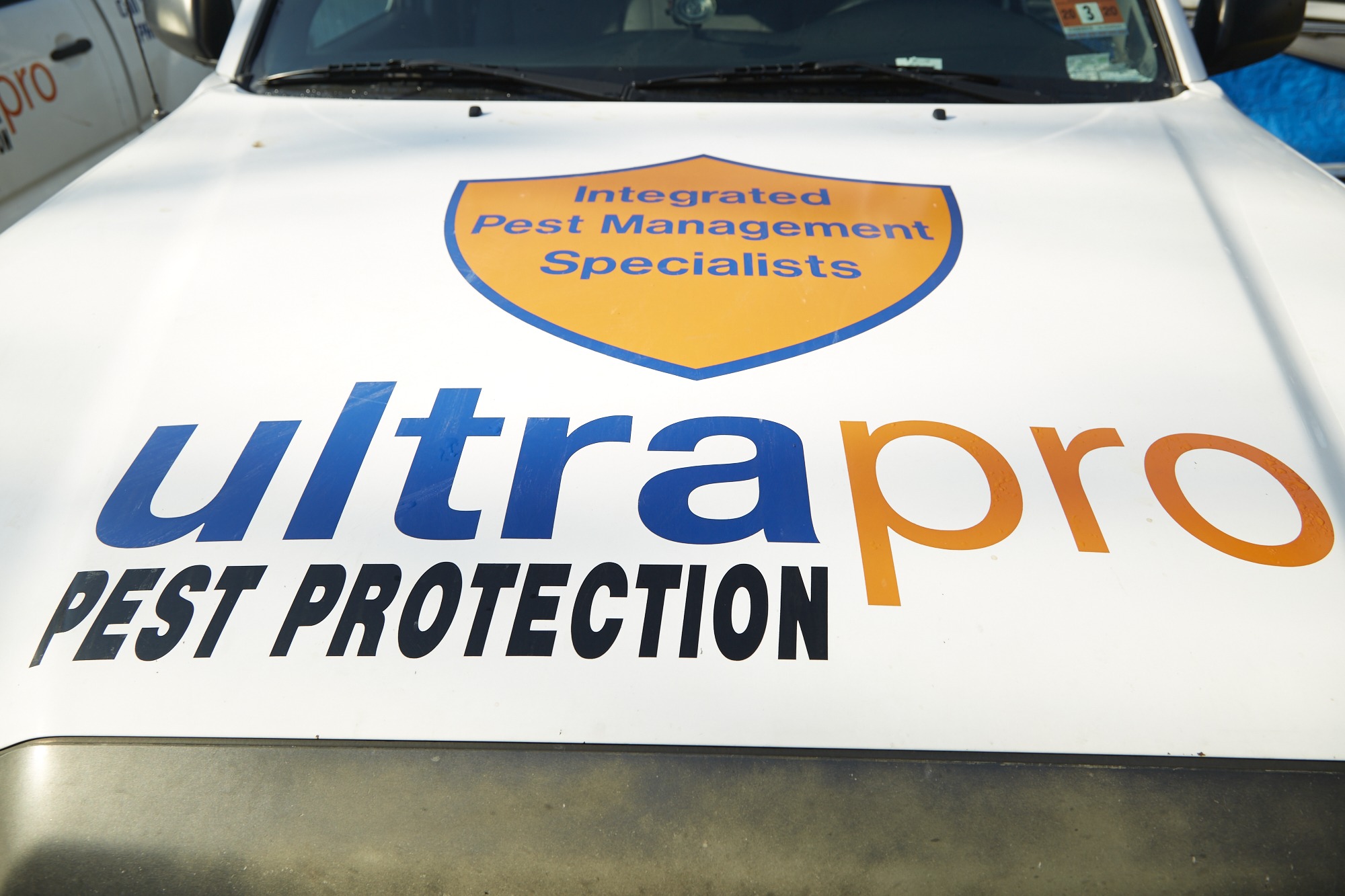Sleepless nights, inflamed skin lesions, stained furniture, sheets or mattresses, and duress are worldwide problems, and comparatively larger than the source, the tiny parasitic bed bug. The bed bug is a nocturnal creature whose nuisance factor is bigger than just its bite.
Bed bugs are masters of stealth bloodsucking. Like mythical vampires, they hide out close to sources of mammalian blood, awaiting the cover of darkness to feast. The myth about bed bugs begins with the name of the bug itself. Bed bugs can be found basically everywhere indoors, including in furniture, cars, plush toys, and even on domestic animals and pet beds, not just hiding out in human beds. Bugs can be discovered under baseboards, wallpaper, in upholstery, and in crevices of furniture. Wherever hosts can be found, bed bugs are likely around. Bed bug residences include hospitals, correctional facilities, nursing homes, shelters, academic institutions, and dining facilities, choice hangouts.

According to the National Pest Management Association, there are startling gruesome facts about bed bugs. Every five to ten days, bed bugs feed. In between feedings, the bugs hide. In hiding, bugs digest food, mate, and lay eggs. One or more eggs are laid each day. A bed bug produces hundreds of eggs in a lifetime. Approximately 750,000 bed bugs feeding at the same time can suck the blood out of a human adult. Within five hours, half of a bed bug’s intake is excreted.
You should gather the information about the controlling measures to have a happy place. The correct measures will help the people to get the desired results. Positive Pest will require the best treatment to get the permanent removal of the ants and rodents from home.
Pesky bed bugs are difficult to eradicate for many reasons. Pesticides are often blamed for creating super bugs that often develop survival resistance methods. If not properly exterminated, bed bug eggs can launch re-infestations by the next generation. Eggs may continue to live in the body of dead adults. Much like the eggs from the horror film series “Alien,” a bed bug can hatch in its dead host to carry on the fight for your blood.
For practical purposes, much as a bear might do without food during winter hibernation, or mythical “vampires,” bed bugs can go into a type of hibernation. Because bed bugs can forgo food for about one year, this dormancy adds to the difficulty of exterminating these crafty creatures.
Not only are they crafty, bed bugs are experienced world travelers. The bed bug population has steadily increased over time throughout the world. Bed bugs travel throughout an environment, such as a homes, through pipes, and vacuum cleaners. Traveling across states and continents in boxes, backpacks, on clothing, and in luggage, bed bugs are frequent guests at lodging facilities around the world. Busses, trains, taxis and other automobiles are frequent modes of bed bug travel. The increase in using recycled mattresses has been cited as further contributing to bed bug spread.

Experts and other bed bug veterans advise the following among pest treatments:
- Store your luggage in plastic trash bags while traveling, in lodging, and upon return home.
- Do not buy used furniture without inspecting for bed bug infestation. Consider having furniture professionally inspected prior to purchase. Recycled mattresses might be more than you bargained for.
- Consider professional pest control assistance. While it may be tempting to do it yourself, if your health is at risk or needs improvement, for example, typically, an expert health care provider should be called in to assist.
- Remove and destroy infested furniture. Do not abandon or trash furniture outdoors without impairing so that others do not accidentally inherit a bed bug infestation. Remember, bugs can hibernate for up to one year.
- Use mattress protectors. Sealing mattress and box springs in bed-bug proof encasements are best, particularly when used after bug treatment.
- Use rubbing alcohol. Put in spray bottle. Spray directly on bugs or infested areas to kill bugs and eggs.
- Apply heat. A fabric steamer will kill infestations of bugs and eggs. Use a clothes dryer at 120 °F to kill bugs and eggs in clothing. It can be particularly helpful to quarantine luggage and clothes into plastic bag before entering home. Put clothes through dryer immediately upon return from vacation. Vacuum and steam clean luggage. Dispose of vacuum container contents into plastic bag and put outdoors. Transport sanitized clothes in a fresh plastic bag.
- Use barrier protection. Bed bugs can climb and fall onto their destination but are unable to cross petroleum jelly, and are hindered when climbing glass or metal. Double-sided or looped over tape, such as duct tape, can provide a barrier. Tape around bed legs. Another pest management strategy is to put furniture legs in a tin can coated with petroleum jelly. Tape can be applied to furniture legs with sticky side out as a pest control strategy. The presumption is that a barrier prevention method is deployed as a follow up after furniture has been treated.
- Deploy traps. Adhesive traps can be used in conjunction with other pest control methods. Traps can be commercial or improvised with double sided tape, or looped tape, on or near furniture or bed surfaces. Traps are often used as a simple bed bug detection method.




